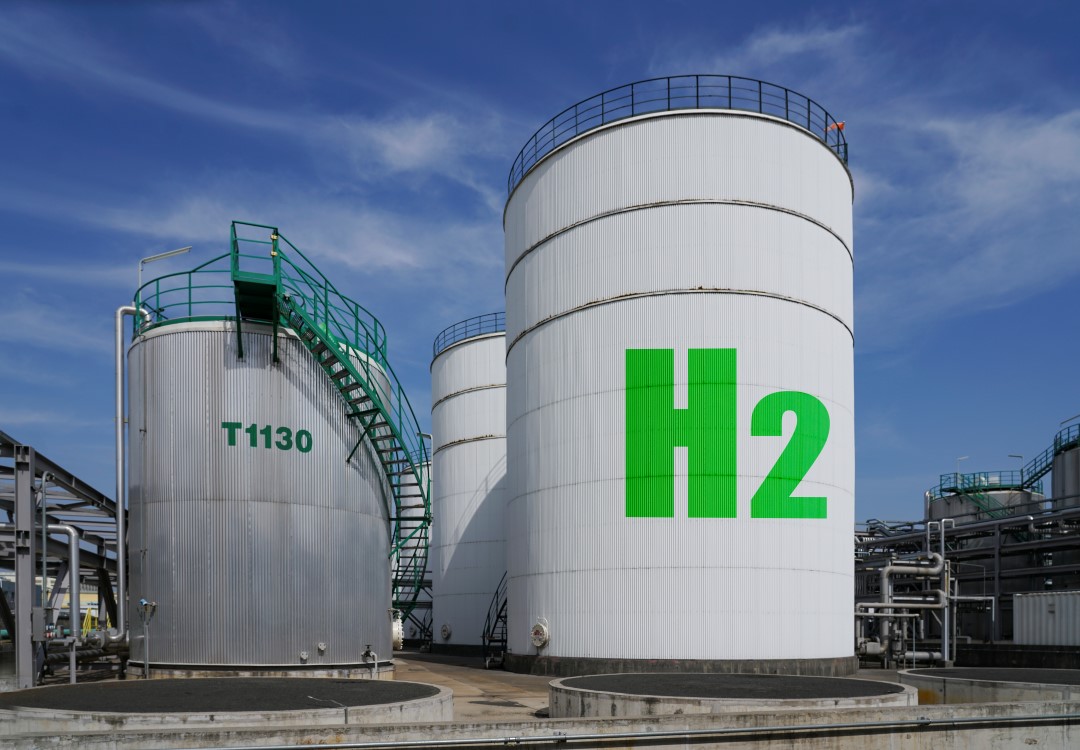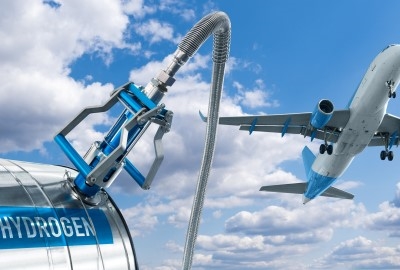Hydrogen-powered aviation? A tough nut to crack
Hydrogen can be a truly green fuel for aviation, especially if it is produced in a clean way. But how on earth is the case of hydrogen going to fly, given all the practical difficulties that must be overcome first? AeroSpace Technology lists a multitude of issues surrounding hydrogen in aviation and concludes: “More investment will be needed to develop this technology to be the cheapest and most practical option.”
“Despite hydrogen seems to be the solution to green aviation, it also posts challenges for infrastructure and safety”, the editor analyses. For example: as hydrogen is a minuscule molecule, leaking is common. This is not only a major efficiency concern but could become unsafe as hydrogen is highly flammable.

Fly for 21 seconds
In order to produce the same energy with hydrogen as one litre of jet fuel, you would need 3,200 litres of hydrogen at the same pressure. This makes jet fuel much more efficient. Under standard conditions, and with its tanks full of hydrogen, a Boeing 787-9 would only have enough energy to fly for 21 seconds.
“This”, states the analysis, “is why developing more efficient methods of storing liquid hydrogen will be vital for its viability as aviation fuel. Even as a liquid, hydrogen will need four times the volume to deliver the same power as jet fuel.”
Storing issues
There are also issues in storing hydrogen on the aircraft. Normally, jet fuel is loaded into the wings of passenger aircraft. Hydrogen won’t be able to do that effectively due to the size and shape of the tanks required, so would need to fit in the fuselage, decreasing the payload and passenger volumes by up to 40% on conventional designs.
Still, aviation is pouring money into projects aimed at finding solutions for these challenges: Airbus’ ZEROe project has three hybrid-hydrogen designs for a turbofan, turboprop and blended wing body aircraft and Boeing has conducted six hydrogen technology demonstrations. “The challenges of hydrogen-powered aircraft providing the answer to environmentally sustainable aviation are only beginning to be answered”, says AerospaceTechnology – and large investments in the future will be needed to find out how aviation can make hydrogen fly – and the other way around.


